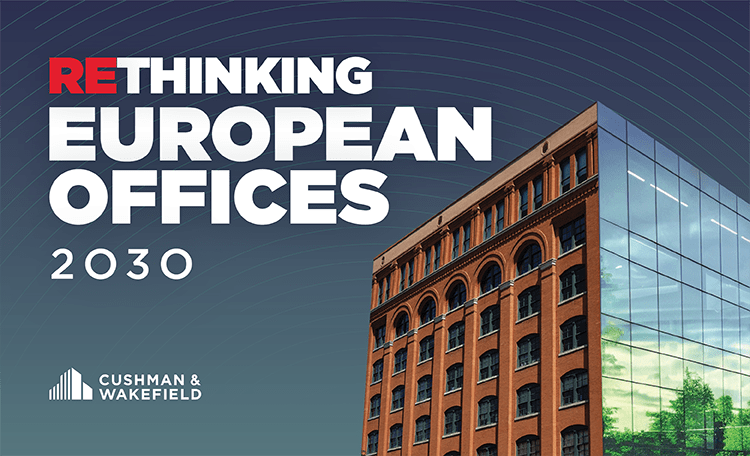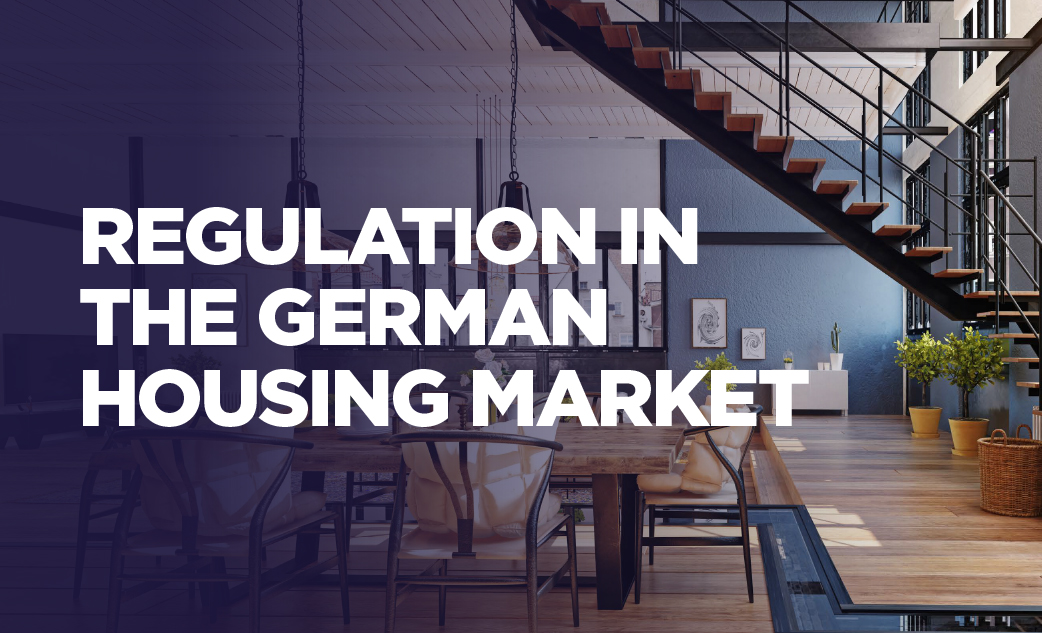In 2022 international active real estate consultancy firm Cushman & Wakefield registered commercial real estate transactions in Berlin with a total volume of EUR 8.54 billion. This is 24 percent less than in the previous year. The 4th quarter was the strongest in terms of transaction volume, at EUR 2.62 billion - but was largely characterized by transactions that are not representative of the current market environment.
Large transactions shape market events
Despite the multiple crises, the transaction volume in 2022 in Berlin was high and was mainly driven by large transactions of over EUR 100 million. As many as 20 single properties in this price category changed hands with a combined value of EUR 5.0 billion. Portfolio transactions accounted for only around EUR 1.5 billion or 17 percent of the total volume.
However, the high transaction volume of EUR 2.62 billion in the fourth quarter belies the weak on-market activity. EUR 545 million alone was associated with off-market deals in which the state of Berlin was involved, including the sale of large areas of Tegel Airport by the federal government to the state of Berlin and the purchase of Hamburger Bahnhof and Rieckhallen by the state.
In addition, there were off-market deals in the Quartier Heidestraße urban district development, including the largest transaction of Q4 involving 3 buildings at a total of EUR 488 million.
Core real estate still top, but proportion of transaction volume declines
Core real estate was again the segment with the highest transaction volume, contributing 30 percent, of the total, although this fell by 13 percentage points compared to the previous year. Value-add properties accounted for 24 percent of transaction volume, followed by the opportunistic and core+ segments with 20 percent each. The high proportion of opportunistic transaction volume is explained by the brisk trade in plots of land. This was supported by the fact that the sellers had enough leeway for price reductions due to the strong increases in value of recent years, which made pricing easier.
Increase in prime office yield accelerates in Q4
Due to the drastic changes in the interest rate market, the prime office yield increased by 100 basis points over the course of 2022 and now stands at 3.60 percent. The increase accelerated in Q4 with a 40 basis point increase over the previous quarter.
If government bond yields remain at the current level or rise even further, prime yields of 4.00 percent are conceivable in 2023. The spread between prime office yields and the 10-year German government bond yield is only 130 basis points. Such a low level of risk premium only occurs in times of market turbulence, most recently in 2008 and the early 2000s. Historically, this situation has always been resolved by a further increase in prime office yields and/or a compression of government bond yields.
The prime yield for logistics properties also rose significantly and is now 4.00 percent, which is 40 basis points more than in the previous quarter. This means that the prime yield for this asset class is also 100 basis points above its level at the end of 2021. The increase for city centre commercial mixed-use properties in prime locations was lower. At 3.50 percent, the prime yield here is only 10 basis points above the previous quarter and 15 basis points above the level of Q4 2021.
Only mixed-use properties with higher transaction volume
At EUR 3.29 billion and 38 percent of the total transaction volume, office properties were less dominant than in the previous year (45 percent). Seven transactions exceeded the 100 million euro mark, none of which took place in the 4th quarter. In the final three months of the year, office transaction volume was just under EUR 400 million.
Mixed-use properties achieved a high volume of 2.6 billion EUR, 17 percent more than even in the previous year. The largest transactions of the year fall into this category: the acquisition of 50 percent of the Sony Center for EUR 677 million by Norges in the second quarter and several sales of buildings in Quartier Heidestraße.
Commercial development sites achieved a relatively high transaction volume of a good EUR 1.2 billion, even if this was 15 percent lower than in 2021. Logistics and industrial properties, with EUR 490 million and 6 percent of transaction volume, came in lower than in the previous year (EUR 850 million, 8 percent). Retail properties also lost transaction volume, at EUR 280 million and a 3 percent contribution (2021: EUR 550 million and 5 percent).
International investors more cautious and domestic investors are handicapped by forward deals
C&W expects little transaction activity at the beginning of the year. Firstly, no sufficient change in office or government bond yields is expected in the short term that would facilitate pricing determination. In addition, international investors see the German real estate market as increasingly risky. Without easing of the problems in the energy market, this will not change.
Clemens von Arnim, Head of Capital Markets Berlin at Cushman & Wakefield, explains: "In addition, some domestic investors are also falling away as potential purchasers in Berlin because they have concluded many forward deals in recent years that have not yet been secured with loans. Due to the increased financing rates, these investors now have to place significantly more equity capital in order to achieve their targeted returns. This is equity that is lacking for new purchases."
If there is no fundamental change in these variables by the mid-year, the transaction volume in 2023 will decline significantly compared to 2022.






